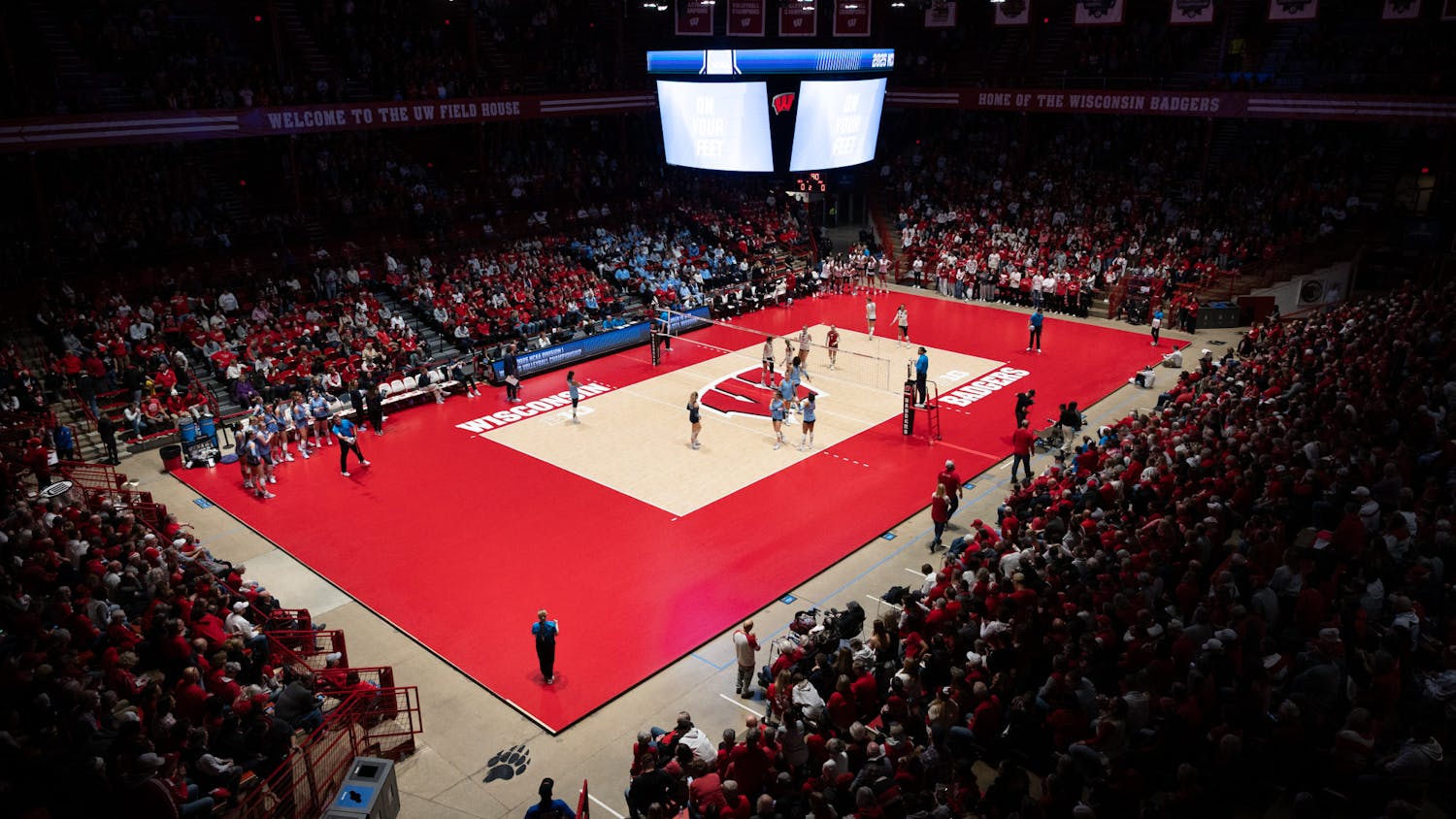Sunday's 4-1 Minnesota Twins loss to the New York Yankees meant the end of more than a team's season. For fans who appreciate multi-purpose, cheap stadiums like the Metrodome, it meant the end of an era.
Next year, the Twins will move to a new, baseball-only stadium, leaving the dome as a football-only stadium housing the Minnesota Vikings. And— although any team owner and quite a lot of fans will disagree— Major League Baseball is poorer for losing the much-maligned dome.
Whenever a new, luxurious stadium pops up and replaces the bland, efficient ones that came before it, fans and host cities lose. Fans are forced to pay higher prices for tickets as stadiums cater to richer audiences, and cities take on the costs of building the new parks with public financing.
The Metrodome was the gold standard for utilitarian stadiums capable of hosting almost any sporting event, having hosted a World Series, Super Bowl and NCAA Final Four. Sure, it was one of the ugliest stadiums ever to host a baseball game, but it did its job and efficiently served its city and fans.
New stadiums charge more for tickets than their predecessors, essentially pricing out families who can't afford to spend hundreds of dollars on tickets, parking and food at one baseball game. As baseball continues to lose its grip on younger fans, it can't afford to alienate middle- and lower-class fans in favor of rich ones who can afford high ticket prices.
While there are cases where new stadiums, despite higher prices, attract more fans than their predecessors did— such as with Miller Park in Milwaukee or the Giants' AT&T Park— there are cases where teams and taxpayers shell out millions to build expensive new homes fans still don't go to. PNC Park in Pittsburgh is a lot nicer than the old Three Rivers Stadium, but it still doesn't bring in many fans despite being one of the nicest parks in baseball.
The other problem with new stadiums is the amount of money they cost to the cities who host them.
In ""Field of Schemes: How the Great Stadium Swindle Turns Public Money into Private Profit,"" authors Joanna Cagan and Neil DeMause explore how teams hold their cities hostage, threatening to pack up and move if they don't get a flashy new stadium at a low price. According to Cagan and DeMause, U.S. cities paid $12 billion to build or renovate stadiums in the 1990s, $7.5 billion of which came from taxpayers.
They write that, as teams engage in a new stadium-building boom, ""municipalities large and small are paying the price for it— in massive public expenditures and tax abatements that lead to the loss of revenue for more worthy projects."" Because cities want to keep their franchises, they are willing to spend millions of public dollars— prices that are passed down to citizens, whether they want the team or not.
When teams forced city governments to pay for multi-purpose stadiums to host different sports, like they did in the 1960s and '70s, cities could at least come close to breaking even. But with new stadiums engaging in an arms race for the biggest TV screens and nicest seats (and any profits from corporate sponsors going to the teams), Cagan and DeMause say ""there is no question of making them self-sufficient.""
Stadium proponents and team owners like to say their new ballparks will bring in tons of new revenue for cities as fans patronize local businesses surrounding parks. Although there are examples of stadiums that help revitalize neighborhoods, too many stadiums simply sit in the middle of empty buildings that were supposed to house shopping and restaurants.
""Field of Schemes"" quotes a 1994 study by a Lake Forest College professor, who found that ""professional sports teams generally have no significant impact on a metropolitan economy,"" and that ""sports ‘investments' appear to be an economically unsound use of a community's scarce financial resources.""
Considering the dire financial situations many cities and citizens now find themselves in, raising taxes and funneling money to new stadiums is the wrong way to go.
So while owners might say that new stadiums are necessary or that they will create new interest in a team and city, the parks only make baseball less accessible to casual fans and put cities into deeper financial trouble.
That's what makes old, multi-purpose stadiums so great: they might not have the amenities of many modern ""mallparks,"" and they aren't exactly the prettiest places to watch baseball, but they serve their cities and fans better and more efficiently than any of the gaudy new stadiums that constantly pop up.
So let's take a moment to appreciate dumps like the Metrodome. Entirely too soon all of the other utilitarian stadiums like it will be wiped out by overdone and overpriced parks that hurt their fans and communities.
What do you think about new baseball stadiums? E-mail Nico at savidgewilki@dailycardinal.com.





